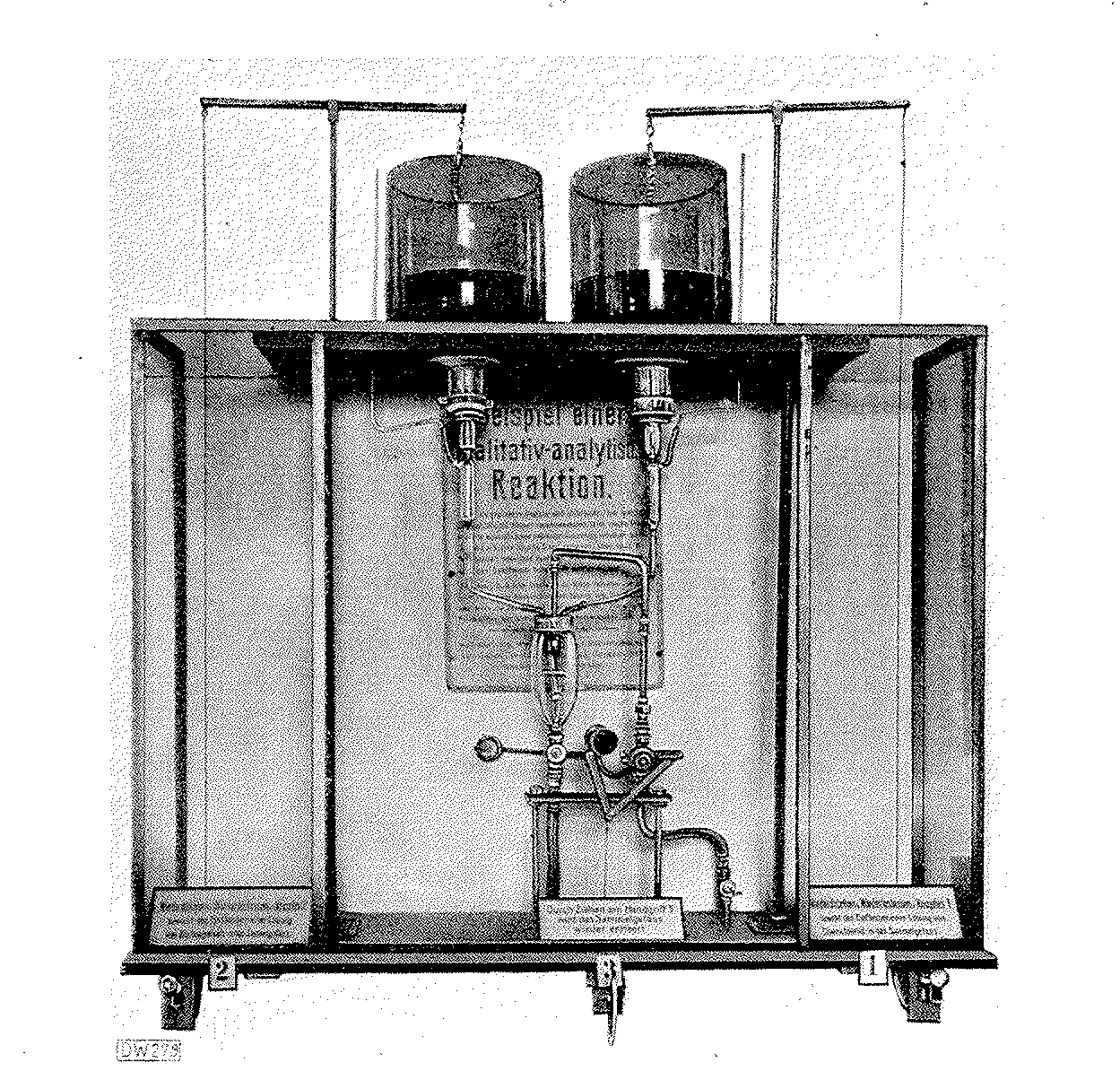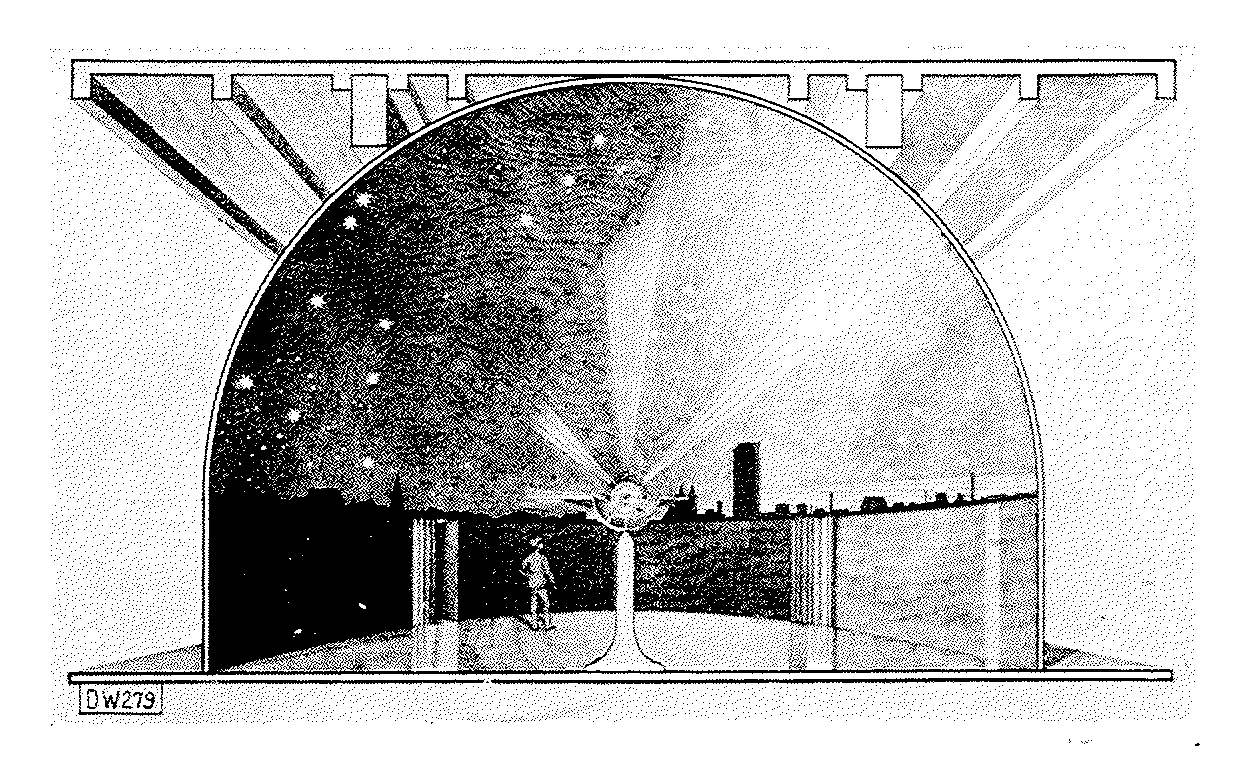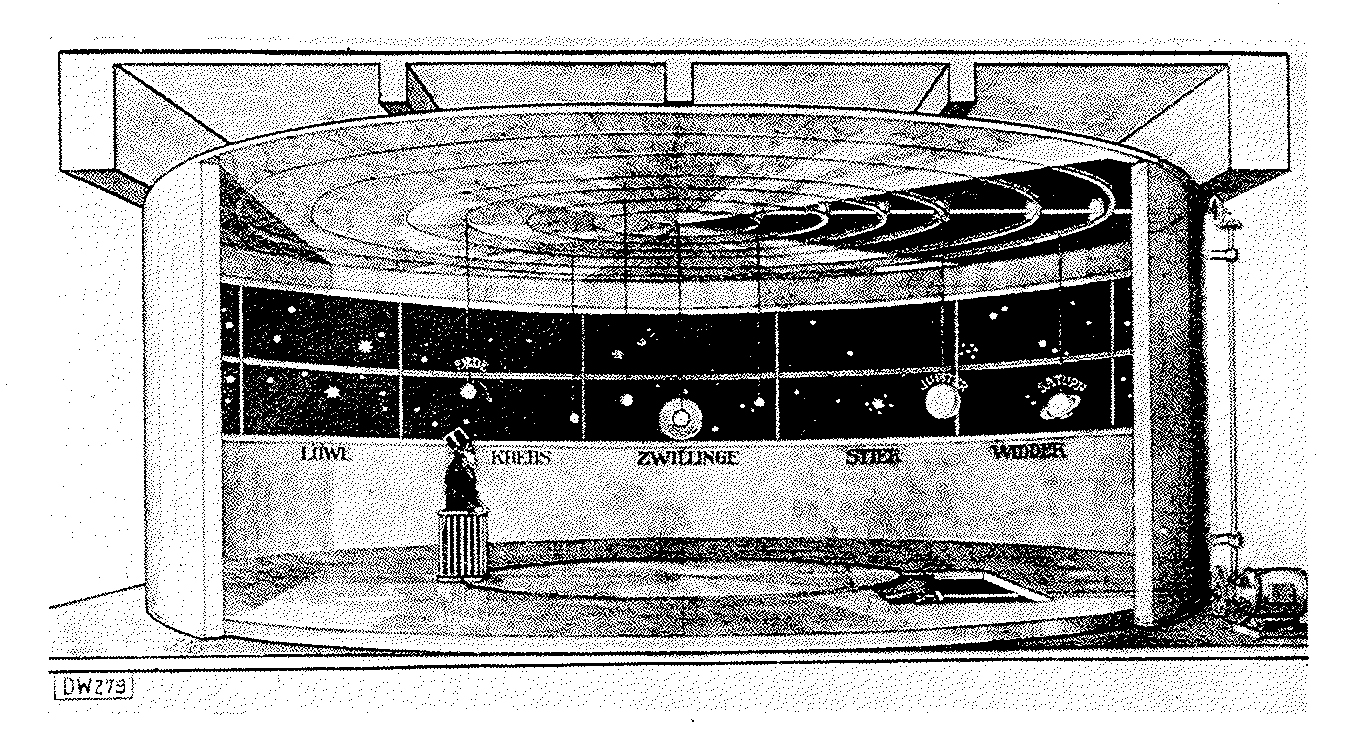Oskar von Miller, “Technical Museums as Sites of Popular Instruction” (1929)
Abstract
In 1929, the founding director of the Deutsches Museum [German Museum], Oskar von Miller, laid out some concepts for consideration in the establishment of technical museums. He described the importance of electricity at the turn of the twentieth century and discussed which branches of the natural sciences and technology needed to be represented in a technical museum. According to Miller, experimental set-ups had to be included, as well, as did chemical reactions. He also detailed the construction and function of a planetarium within the framework of a technical museum.
Source
If a technical museum is to serve the purpose of popular instruction, its design must not be left to chance but must be planned and executed in all its components right from the start.
The crucial importance of this principle was already clear to me when I organized the first German Electricity Exhibition in the Glass Palace in Munich in 1882. At the time, what and how the individual companies wanted to exhibit was not something that I left to chance; rather, from the outset, I developed a project that not only gave the electricity industry an opportunity to publicize its achievements but above all familiarized visitors with those new achievements, through a particularly instructive presentation, and encouraged them to take advantage of them. In 1882, electric lighting was of foremost interest, which is why its use in apartments, business premises, picture galleries, theaters, etc. was systematically presented.
I followed the same principle at the International Electricity Exhibition in Frankfurt a. M., for which a thorough project was all the more important, since I had tasked myself with solving certain problems.
At that time there was a fierce dispute between the representatives of the various power systems, and therefore the advantages and disadvantages of both direct current (DC) and alternating current (AC) systems had to be presented in a clear and impartial manner for the benefit of the many cities that were about to erect power stations.
The possibility of transmitting electric power over long distances had already been theoretically proven in the Munich exhibition, but it had yet to be decided whether the application of technical advances made in the meantime would enable particularly favorable energy sources to be distributed economically over entire provinces and countries. To this end, despite the greatest difficulties, I was able to carry out a power transmission from Lauffen to Frankfurt a. M.,
together with the General Electricity Company and the Oerlikon Company.
At the time of the Frankfurt exhibition, the production of virtually all electrotechnical products was in the hands of a few large firms.
As a complementary measure, it seemed desirable to me to encourage specialized firms to pay close attention to the development of certain branches of manufacturing and to facilitate the spread of electric lighting, engines, etc., through direct contact with consumer circles.
This was achieved by dividing the exhibition not by company but by technical field, whereby all companies were forced to place their machines in the machine shop, their engines in the various workshops, their fuses and switches in the installation department, their instruments in the technical measuring rooms and thereby contribute to a situation in which even the achievements of small companies could be appreciated by the visitors.
As with these exhibitions, I have also taken great pains with the German Museum of Scientific and Technological Masterpieces to develop a carefully planned design of the collections.
The first question concerned the selection of the branches of science and technology that would be represented.
Only a limited number of groups could be selected, and those areas that seemed particularly important for general education were given preference: mathematics, astronomy, physics, chemistry, and geology among the natural sciences; from the field of transportation: roads, trains, canals, various means of ground transport, ships, and planes; from the numerous industrial fields: mining, metallurgy, engine manufacture, textile machines, agricultural machines, etc.; from the field of construction: building materials, the construction of houses, urban development and the provision of cities and apartments with light, heat, water, gas and electricity, etc. In total, 40 main groups were selected for display in the Deutsches Museum.
In each group the development of the respective area had to be presented from the first beginnings to the present day. In order to make the different areas comprehensible even to the untrained layman, it seemed most expedient for the presentation to unfold in a series of developments beginning with the simplest and moving on to more and more complete and complex forms, as is often the case in textbooks. In this way, each object was seen as building on the achievements of the previous stage and, in turn, as forming the basis for subsequent improvements. It was also necessary to show the influence of scientific knowledge on the development of technology.
The individual groups were arranged according to these principles, whereby here again the utmost selectivity was necessary, for although it may be desirable, in the case of the expert, to offer the most complete possible representation in specialized museums, the layman is best instructed by the most concise possible overview of the subject.
The planning of each individual group was carried out in such a way that a list of desirable items was first drawn up with details about the type of presentation and about the possibility of procurement, as can be seen from the sample, Supplement 1.
The desired items were then entered in the lists in the order of historical development. Then, for each individual item, there were specifications about whether it should be presented as an original, a true-to-life replica, a reduced or enlarged model, in pictures or plans. It was further specified whether the original or model in question should be presented in its individual parts or shown in cross-section, whether it should be movable or operational, and whether the experimental set-ups intended for explanation should be deployed by the supervisor or by the visitors themselves.
For the procurement of the desired items, the location of such objects was indicated, as well as the names of the owners or the persons, companies, and entities that could be considered as potential donors.
The desired collection objects assembled in these lists were then entered into the floorplans and the plans for arranging the object groups (see Supplements 2 and 3), so that a complete overview of the future design of the area in question was provided from the outset.
The lists and plans were drawn up in the museum itself under the immediate direction of the museum board, because only in this way was it possible to guarantee a consistent point of view and thus a uniform overall disposition of all the collections. About 30 mathematicians, physicists, chemists, construction, mechanical and electrical engineers, mining and metallurgical engineers, etc. worked with great zeal for years, supplementing their technical expertise with historical studies and forays into neighboring areas to the extent that they were able to take on groups of the collection that did not fully coincide with their original field of work. It certainly did not go unnoticed that the lists and plans produced in this way still needed to be supplemented and improved by particularly experienced experts, and they were therefore sent to a number of volunteers who made the necessary corrections and suggestions in the “Comments” section of their report.
In most cases, this was followed by meetings with the individual subject experts or with the representatives of the relevant entities.
Based on the written and oral suggestions and advice received, new definitive lists and plans were drawn up and used to attract donors for the desired items, whereby influential people were asked to provide them.
The thoroughness of the projects, which provided insight into the great scientific and economic importance of the planned groups of objects for the museum, has contributed greatly to the museum's efforts to attract friends, patrons, and willing donors, as I often observed during my travels and visits.
Through correspondence, travel, and site visits, a precise picture of the external appearance of all the important objects was determined through sketches, photographs, and the like. The appropriate display platforms, cabinets, etc. were designed, and the necessary powering mechanisms and related equipment were identified.
In particularly important cases, such as the design of a mining site, or chemical laboratories, and the like, models of the relevant display hall facilities were made or larger objects were sketched on cardboard in their actual size and mounted provisionally in the display rooms before the final installation was made.
Special care was required for the experimental set-ups. The demonstration apparatuses for these displays, which were geared to middle- and high-school education, were not useful because they presupposed a trained experimenter, a group of listeners who were already familiar with the basic concepts of the relevant branch of knowledge, but above all because they also required an oral explanation of the phenomena presented.
Experimental facilities that are intended to serve popular instruction in a museum had to be extraordinarily easy to use because they were deployed by the untrained museum visitors themselves, or at best by museum supervisors. They had to be made very robust and their sensitive parts had to be protected from direct contact. They had to show the desired results quickly and often had to operate continuously for this purpose. The results had to be so obvious that they could be easily and safely observed.
In view of these demands, completely new dispositions had to be drafted for almost all experimental set-ups. As an example of this, reference is made here to the experimental set-ups for the explanation of chemical reactions, Fig. 1. Here, the detection of iron in a solution is explained by the addition of potassium ferrocyanide, which is known to form a precipitate of Prussian blue. It is characteristic for this experimental set-up that the visitor, by pressing a button, first pours a small amount of the solution to be tested into a small collecting vessel, which takes the place of a test tube, and then by pressing a second button adds a small amount of potassium ferrocyanide, producing the characteristic precipitate. The visitor then pulls a handle which empties and rinses the collecting vessel, so that it is ready for the next demonstration. Thus, within a closed glass box, he does exactly what a chemist in the laboratory does if he wants to detect iron in a solution.
Mention should also be made of the particularly valuable experimental facilities of the Deutsches Museum, for example, the planetarium. I did not feel that the planetarium was able to sufficiently clarify the very complicated nature of stellar motions in space when the observer stood outside of the planetarium; so I demanded instead that the observer be located within it, replicating his position on the Earth within the universe.

Fig. 1. Example of an experimental set-up
This happened at the planetarium, which shows the apparent movement of the celestial bodies, and which I called Ptolemaic, because the observer stands resting at the center of it, Figure 2, and it also happened at the other planetarium, which shows the real movement of the celestial bodies (Copernican Planetarium), in such a way that the observer moves with the Earth on a small cart between the other planets around the sun, Figure 3.
These far-reaching demands were implemented brilliantly by the Zeiss company, namely in the Ptolemaic Planetarium through the ingenious constructions of Professor Dr. Ing. Bauersfeld and in the Copernican Planetarium with the aid of the impeccable mechanics of chief engineer Meyer. The planetariums thus constitute a first-rank teaching aid and have been imitated in numerous cities.

Fig. 2. Ptolemaic Planetarium with stationary visitor inside the globe

Fig. 3. Copernican Planetarium with visitor riding on cart through space
With the installation and correct arrangement of the museum objects, including the necessary operating equipment, etc., the task of identifying the most effective pedagogical approach is still by no means resolved. For it is not enough to give a short description of the objects, as in a picture gallery; rather, they must be explained to the visitor through written explanations, if need be with a cross-sectional drawing and the like.
Composing comprehensible but sufficiently brief explanations is one of the most difficult but also the most gratifying tasks of a scientific-technical museum.
Source: Oskar von Miller, Technische Museen als Stätten der Volksbelehrung. Deutsches Museum, Abhandlungen und Berichte, Jg. 1, Heft 5, 1929, pp. 1-7.